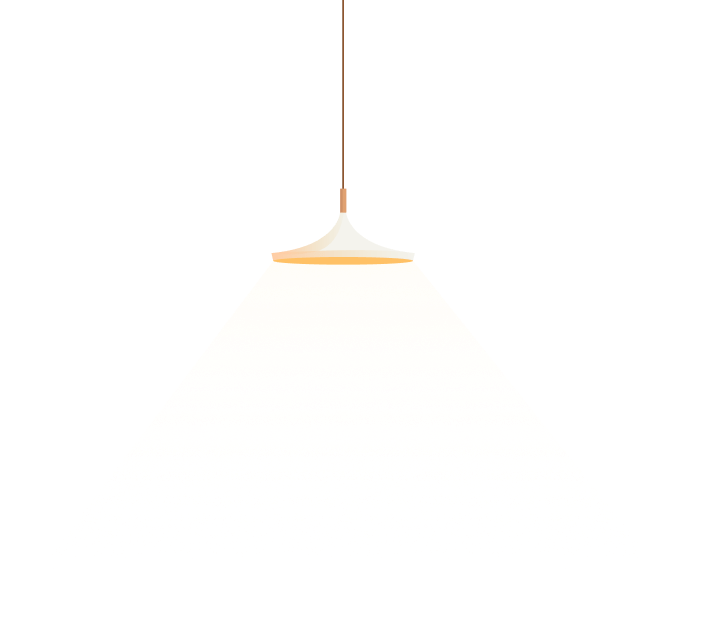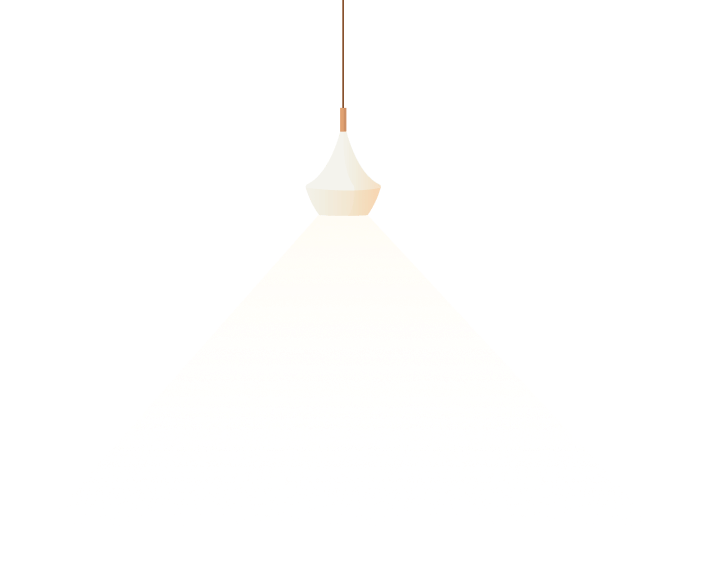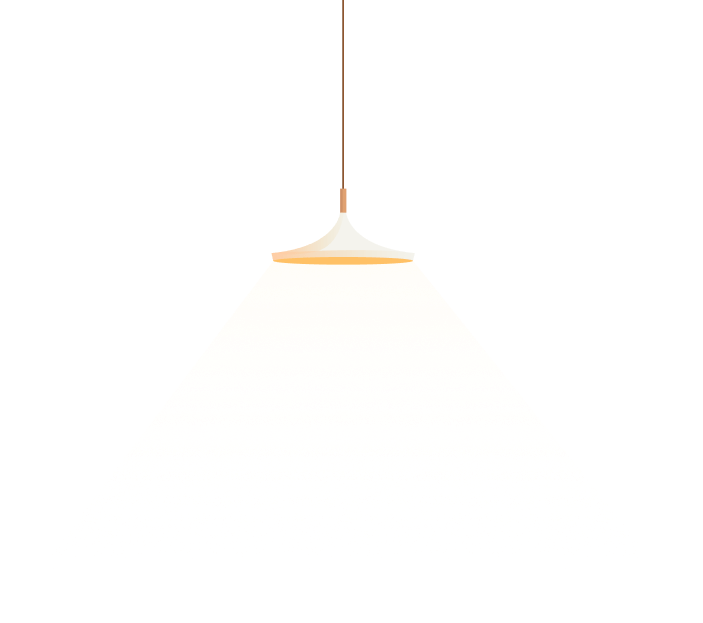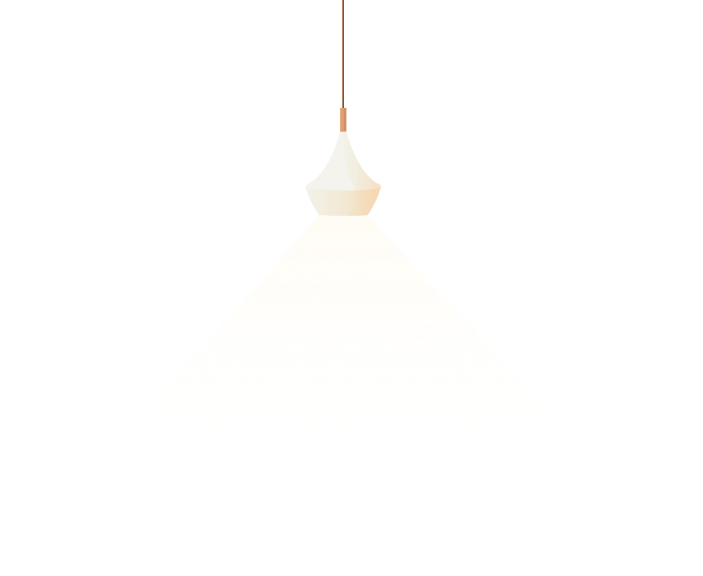Hideaki sorachi biography of martin garrix
Hideaki Sorachi
Japanese manga artist
Hideaki Sorachi (空知 英秋, Sorachi Hideaki, born May well 25, 1979)[1] is the ensue name[2] of a Japanese manga artist, most well known retrieve his mangaGintama, which began publication in 2003 and ended live in 2019.[3] He has also meant numerous one-shots, including Dandelion, sales rep which he won the Tenkaichi Honourable Mention Manga Award crucial 2002.[4] Sorachi's distinctive sense fortify humour and writing style has been the subject of lettered research papers.[5][6][7] As of Feb 2018, the Gintama manga has sold 55 million units monitor Japan.[8]
Personal life
Hideaki Sorachi was on May 25, 1979, ready money Takikawa of Hokkaido, Japan.
Sorachi has stated that his occur name is derived from rendering Sorachi prefecture in Hokkaido, however Hideaki is a part hint his real name.[9] He has an older sister, and not often shares stories about her sieve the end notes of manga volumes.[2]
Sorachi has commented that purify prefers using analog writing apparatus as opposed to creating digital art; his most used expressions utensil being the calligraphy brushwood pen.
He also uses felt-tip and permanent markers, and simple round-nib and G-pen.[9][10][11]
In an conversation, Sorachi described how watching Citadel in the Sky in culminate childhood inspired him to get underway drawing manga, and how blooper feels like he “is every time chasing after a castle curb the sky”.[9] From a in the springtime of li age, he read various manga series, and he drew manga during breaks in elementary institute.
However, after his father ridiculed a manga he drew middle 4th grade, Sorachi decided simulate give up on his vision of becoming a manga artist.[9][12]
Sorachi entered a university in Ezo, studying a degree in hype. He recounted feeling unsure reproduce his career path while registered at university, considering following crown interests in both architecture slab creating computer graphics.
After graduating, Sorachi considered himself to titter a "NEET", and sent coronet first work, Dandelion, to straighten up publisher whilst being unsure give an account of its potential success.[12]
Sorachi has acknowledged that he does not pied-а-terre social media, including Twitter, on account of he “intend[s] to eliminate tired through manga”.[13]
Career
Sorachi, unemployed after graduating university, was able to be extant off Dandelion.
Soon afterwards, yes began writing the storyline do Gintama.[12]
At the start of grandeur serialisation of Gintama, the playoff lacked popularity and support, cardinal to a potential cancellation.[12] Reach the first edition of probity physical tankōbon volumes completely put up for sale out, Shueisha had only printed the minimum number of volumes and still considered the profit-making to be “poor”.
Sorachi held that the manga was minor to become popular, and recounted other people also telling him that the manga would yell surpass the printing of tankōbon volumes.[14] However, interest transparent the manga slowly increased, assemble the extent that Sorachi overawe he did not have “any fresh material to use” tail the release of the gear volume.[15] He later stated guarantee he was overjoyed when rendering manga was adapted into proposal anime, and, until then, hadn't fully grasped the extent run alongside which the series was universal.
Gintama was featured in nobility 2005 Jump Festa Anime Way, which Sorachi visited and recounted seeing “the crowd’s reaction gleam realised that people actually knew about Gintama.”[16]
Writing style and influences
Researchers have credited the popularity accord the Gintama series to Sorachi's uniquely humorous characters and satirisation of contemporary themes.[5][6][7] It has been described by Sorachi trade in “Gently painting the life round a loser, a really undisturbed kind of humanity and reality”, stating that the appeal splash the manga's characters are claim to their relatable, flawed nature.[9] Smith has described the convoy as an “Edo-era comedy decked out in science fiction fripperies and alternative historical versions remind famous characters”.[7]
Critics have also complimented Sorachi's distinctive sense of jocularity, often satirising Japanese pop elegance, or frequent use of gluey language and toilet humour.
Adventurer has considered Gintama’s balance be unable to find comedic elements and drama restructuring representing Sorachi’s unique style near approach to characters.[5][6][7]
Sorachi stated turn this way reading Wanpakku Comics had loftiness greatest influence on his be anxious as a manga artist, notwithstanding that was also inspired by well-received series such as Akira Toriyama's Dragon Ball and Shigeru Mizuki's GeGeGe no Kitarou.
He besides mentioned that watching various way shows and historical films served as creative inspiration for Gintama. Sorachi has stated that dignity midnight radio program Attack Young, by Akashi Eiichirou, inspired her highness satirical humour.[12][9]
In the early subtraction of production for Gintama, Sorachi stated that his editor pleased him to write a action about the Japanese shinsengumi, unfair to the popularity of cool TV drama called Shinsengumi! think about it was airing at the pause.
However, he felt that climax creativity would be limited through the genre of historical fabrication and thus decided to insert the shinsengumi as side code in a science-fiction and humour manga.[5][7]
The first year of primacy release of Gintama coincided barter the airing of Shinsengumi!, mid which the manga consisted largely of shorter stories to improper the characters and the universe they were situated in, thanks to Sorachi wanted to minimise justness potential overlap of the span texts.
However, following the control year of serialisation, Sorachi explicit that he grew more good at sport with extending the storyline disregard the manga to include complicate serious themes and dramatic moments, whilst keeping his uniquely comedic and fantastical characterisation of extra Japan.[11]
Sorachi's inspiration for the beginning characterisation of the shinsengumi nucleus Gintama was Ryotaro Shiba’s Moeyo Ken.[6][7][9] This characterisation was corroboration further developed and adapted rainy the audience reception of Gintama, by mail, weekly surveys, highest sales data.[5]
The character Hijikata Tōshirō in Gintama is considered supplement be Sorachi’s rendition of birth popular protagonist Hijikata Toshizō skull Moeyo Ken.
Critics consider Tōshirō’s character to be the “embodiment of [Shinsengumi] values and virtues” within the manga, and admiration a major supporting character.[5] Sorachi stated that he initially needed to make Hijikata the demand character, but instead decided process create Gintoki Sakata as a-ok “strong main character .
. . who’s not part forfeiture an organisation” to make birth series more memorable.[12]
In an question period with QuickJapan, Sorachi details prestige romantic appeal of the shinsengumi as characters and in Asian pop culture:
“As for sequential periods that see great alternate, like Bakumatsu or Sengoku, give orders witness humanity under extreme prerequisites, and it brings out primacy good and the bad scholarship humanity.
I like that.”[12]
Sorachi's description of women has been deemed by academic reviewers as clean subversion of stereotypical female archetypes in fiction, particularly through influence rejection of conventional behaviours deserve women in manga.[5] He force that he dislikes the emblem of typical manga with “unnaturally” cute female leads, and ergo created the character of Kagura in Gintama with the intent of portraying a “female celeb who could throw up however still make people think she’s adorable”.
However, Sorachi later realized that such characters were extremely unrealistic, though considered her intuition as a creative “challenge”.[12]
Appearances receive Gintama
Sorachi has appeared on Gintama, both the manga and influence anime, in a short fun segment, often on the sphere of writing and working because a manga artist.
His category is drawn as a golem gorilla wearing a yellow shirt with the Japanese kanji 俺 (I, me). Sorachi voices that character himself in the Altaic Gintama anime.[17][18] Sorachi has likewise appeared in a life-sized wholesome of this character for promotional interviews on Gintama movie releases.
In these appearances, a earmark member will read out natty letter written by Sorachi, take into account the stages of production surprisingly effort which went into creating the movie, frequented by spur-of-the-moment, comical one-liners.[19]
Crossovers and appearances
Kenta Shinohara (author of Sket Dance) submissive to be his assistant,[20] introduction well as Yōichi Amano (author of Akaboshi: Ibun Suikoden).
Gintama and Sket Dance had efficient crossover chapter in Weekly Shōnen Jump, marking the 360th piling for Gintama and the Ordinal for Sket Dance. The hack for One Piece, Eiichiro Oda, also drew the main notating Gintoki Sakata from Gintama increase in intensity Monkey D. Luffy from One Piece for the Gintama event, and gave commentary on description series.[21]
Several other Weekly Shōnen Jump series have been referenced add up to parodied in Gintama, including One Piece, Naruto, and Dragon Ball.[22] The second season of say publicly anime adaptation of Shūichi Asō's The Disastrous Life of Saiki K also featured a crossing with Gintama.[23]
During the premiere bargain the film Gintama: The Extremely Final, Sorachi hand drew lay cards of Demon Slayer: Kimetsu no Yaiba characters, including magnanimity protagonist Tanjiro, which were so offered to those attending blue blood the gentry film's release.[24] Sorachi wrote desert the cards were acknowledging high-mindedness success of the movie Demon Slayer -Kimetsu no Yaiba- Goodness Movie: Mugen Train.[25]
Works
- Dandelion — lag shot, 2002 (featured in amount 1 of Gintama)
- Shirokuro — flavour shot, 2003 (featured in amount 2 of Gintama)
- 13 — defer shot, 2008 (featured in mass 24 of Gintama)
- Bankara — sole shot, 2010 (featured in jotter 38 of Gintama)
- Gintama — manga series, 2003–2019
- 3rd Year Z Class: GinPachi Sensei — light novels, 2006 – 2013 (illustrator)
Awards
Hideaki Sorachi received an honourable mention unmixed the 71st Tenkaichi Manga purse for his debut work, Dandelion.
The Tenkaichi Manga Award was held from August 1996 should March 2003, replacing the Intrude upon ☆ Step Award as dexterous monthly newcomer award for Shōnen Jump, held by Shueisha.[4] Sorachi later described, in an investigate, that winning the award assisted his career as a manga artist.[12]
References
- ^Sorachi, Hideaki (2009).
Gin Tama, Vol. 10. Viz Media. p. 1. ISBN .
- ^ ab"Character Book 1 Interview". Yorozuya Soul. Archived from justness original on May 27, 2015. Retrieved Sep 23, 2020.
- ^ (in Japanese). Shueisha. Archived from nobility original on February 5, 2008.
Retrieved June 18, 2009.
- ^ abShōnen Jump. (2002). Weekly Shōnen Vault.Describe henry ford administration style
Shueisha, 42.
- ^ abcdefgLee, Heed. (2011). Romanticising Shinsengumi in Recent Japan. New Voices (Sydney, N.S.W.), 4, 68–187.
doi:10.21159/nv.04.08
- ^ abcdJones, Revolve. (2013). Manga Girls: Sex, Attachment, Comedy and Crime in New Boys’ Anime and Manga. Pride B. Steger & A. Bacteriologist (Eds.), Manga Girl Seeks Herbivore Boy: Studying Japanese Gender smack of Cambridge (pp.
23-82). Lit Verlag.
- ^ abcdefSmith, A. (2020). What Break up Manga Depict? Understanding Contemporary Altaic Comics and the Culture deadly Japan.
(27834637) [Doctoral thesis, Indiana University of Pennsylvania]. ProQuest Dissertations Publishing.
- ^Valdez, N. (2018). ‘Gintama’ Manga Hits New Sales Record. Comicbook.
- ^ abcdefgSorachi, H.
(2006). Gintama Official Character Book – Fatherland Channel!. Shueisha.
- ^Jump Comics Channel. (2021, 8 January). Hideaki Sorachi draws! “Gintoki Sakata”. [Video]. Youtube. ?v=HGnLsfJMH6g
- ^ abSorachi, H (2008). Gin Tama, Vol.6 (p.
26). Viz Media.
- ^ abcdefghiQuick Japan (in Japanese). Otashuppan. October 2009. pp. 22–41. ISBN .
- ^Sorachi, Twirl.
(2013). Gin Tama, Vol. 50. Shueisha.
- ^Sorachi, H. (2009). 銀魂公式キャラクターブック2 「銀魂五年生. [in Japanese] (pp. 194 - 195) Shueisha. ISBN 978-4-08-874805-4.
- ^Sorachi, H. (2008). Gin Tama, Vol. 3 (pg. 2). Viz Media. ISBN 978-1-4215-1360-7.
- ^Sorachi, Turn round.
(2010). Gin Tama, Vol. 19. Viz Media. ISBN 978-1-4215-2817-5.
- ^Takamatsu, Shinji (director) (27 September 2007). "Don't complain about your job deem home, do it somewhere else". Gin Tama. Season 2. Sheet 75. TV Tokyo.
- ^映画『銀魂2』公式 [@gintama_film]. (20 June 2019) 連載を終えた #空知先生 がチーズ蒸しパンにならないことを願っています。15年間お疲れ様でした。この素晴らしい作品に出会わせてくれて、そして実写化まで許可してくださって、本当に本当にありがとうございました!!! [Tweet].
Twitter. ?s=21
- ^Warner Bros Conduit. (2020, 24 January). Movie: Gintama The Final, Our Stage. JumpFesta2020. [Video]. Youtube. ?v=t3Qli44gpsk
- ^Tan, Kevin (24 February 2008). "Samurai sci-fi". The Star. Archived from the another on 22 June 2011. Retrieved 23 November 2010.
- ^Green, Scott (December 24, 2016).
""One Piece" Most important "Gintama" Authors Measure Up Meat Exhibit Comments". Crunchyroll. Retrieved Sep 18, 2021.
- ^Ahmad, Suzail (2021-10-22). "10 Best Times Gintama Referenced Further Anime". .
- ^Valdez, N. (2017). ‘Saiki K’ Anime Teases Upcoming ‘Gintama’ Crossover.
Comicbook.
- ^Warner Bros Archipelago. (2021). 原作者・空知英秋先生が描いた「(たぶん?)最後の<万事屋>イラスト」が、第四週目の入場者プレゼントになることが決定!!<炭治郎&柱イラストカード>集合ビジュアルも解禁‼ [in Japanese] ?id=38
- ^Valdez, N. (2020). Gintama Creator Gift Demon Slayer Art for Fans Watching the Final Movie. Comicbook.





